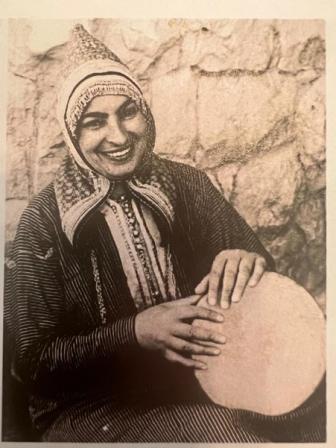1978
"Shalom levo shabbat" (Greetings on the coming of the Sabbath)
A girdle poem in honor of the Sabbath, by Seʼadia, signed Se'adia. This is one of the most popular Sabbath songs. Some sing it on the Sabbath eve (Kafih: 6) and others towards the end of the Sabbath day, and in most families it is sung every Sabbath.
This recording features Aharon Cohen and the Kiryat Ono male ensemble sing an exceedingly melismatic melody. The soloist opens with an introductory passage, which serves also as refrain, in a very flowing rhythm, and the ensemble responds with a very simple melody to which the refrain is sung whenever it recurs. The soloist's melody is the melodic `stockpile' of the whole song. The verses in each stanza are sung in a responsorial manner, corresponding to the metrical units: the soloist sings the first part of each verse (--~~ -- ~--), and the ensemble responds with the second part (--~~-- --). The final verse of every stanza, the verse with the girdle rhyme, is sung twice, and after every stanza the ensemble's refrain is sung. Its melodic range is limited to a tetrachord. The final repetition of the refrain is sung in a multipart texture of parallel intervals, indicating joyous emotion (Bahat, 1995: 65-7). It is usual to sing the hallel in parallel intervals, but here the singers precede it and lead on to it after the blessing Vekulkhem berukhim. Unlike the custom in weddings and other social events, this hallel does not include a blessing, but a prayer for the ingathering of the exiles. The members of the extended family join the soloist to sing the hallel all together.







